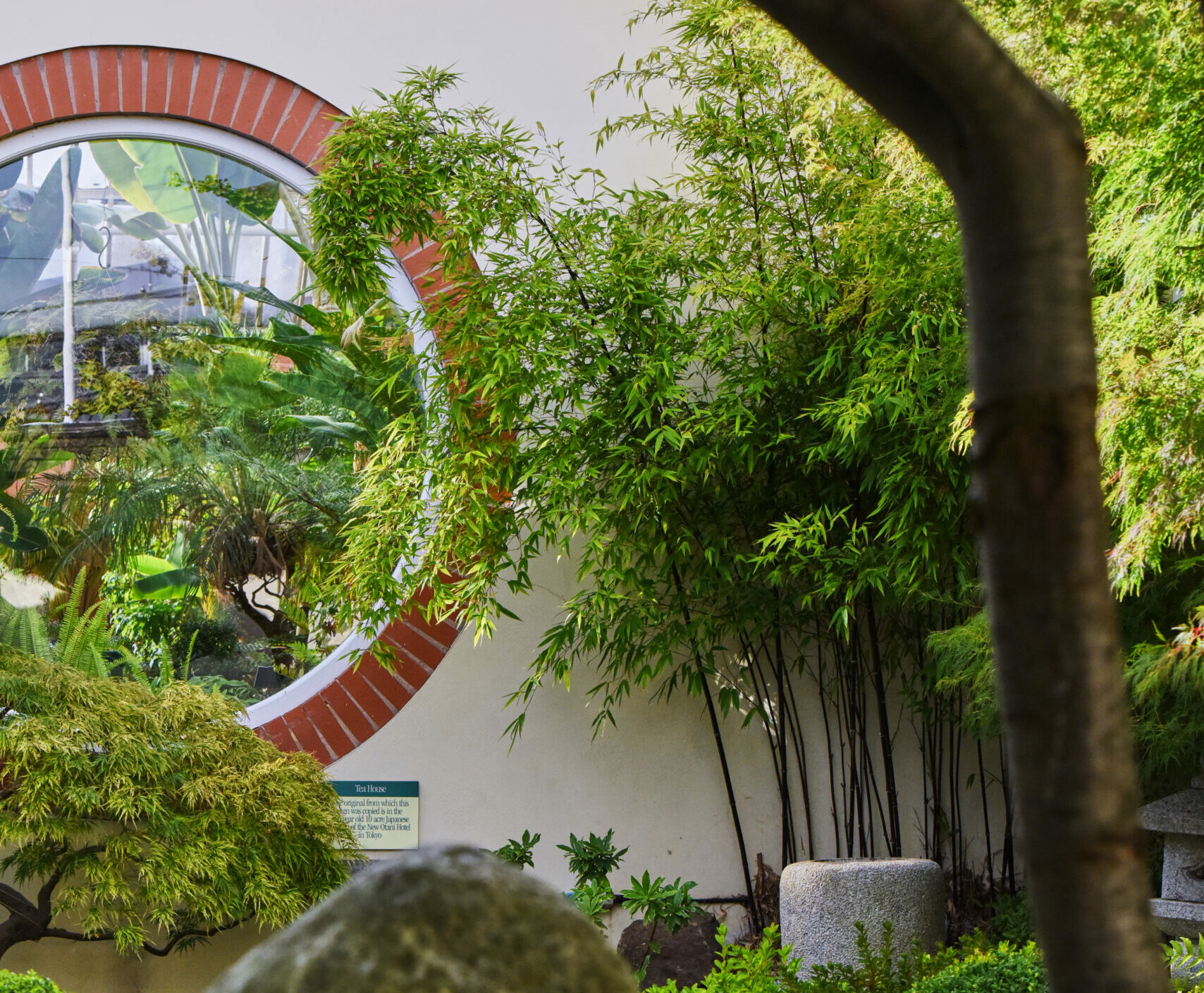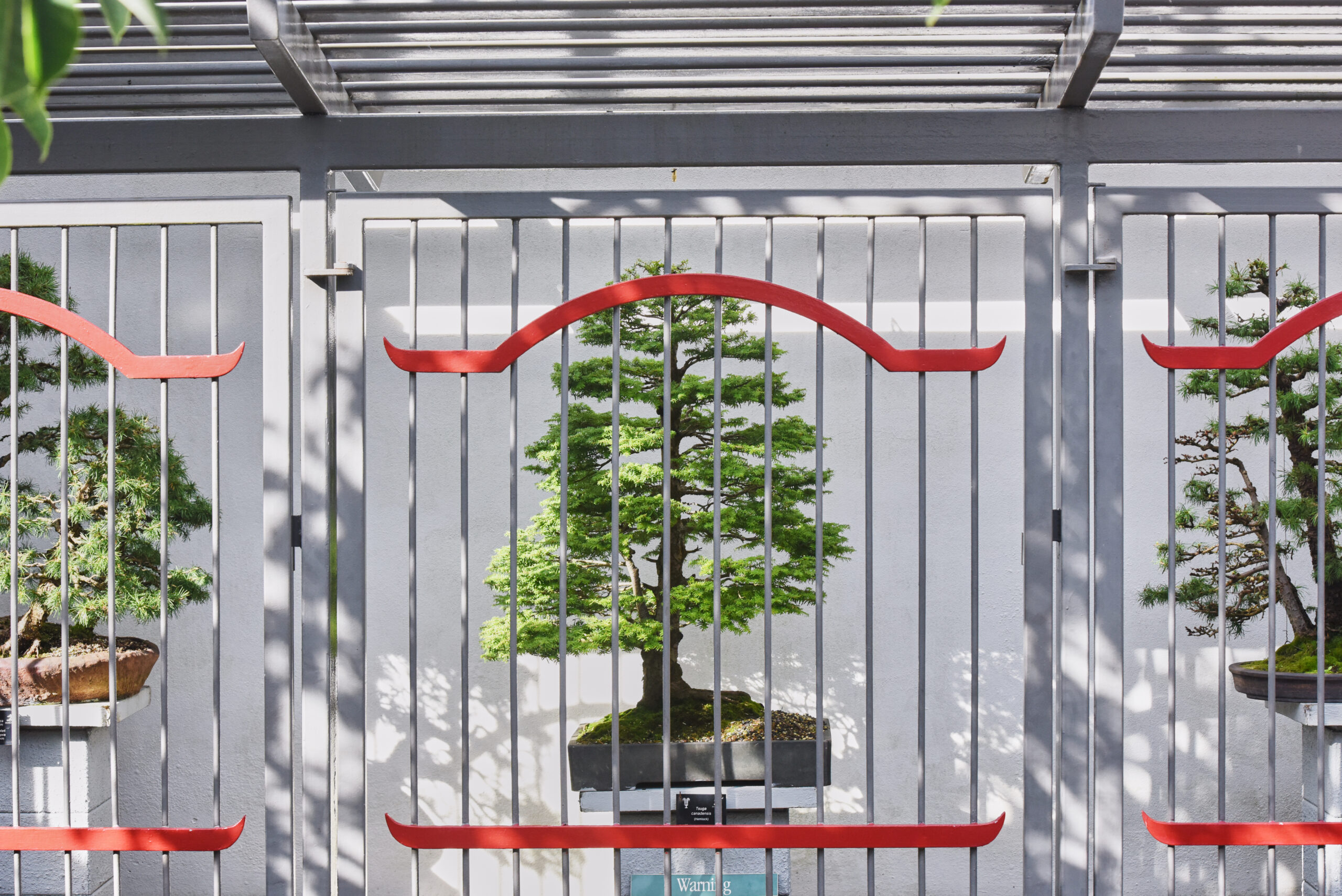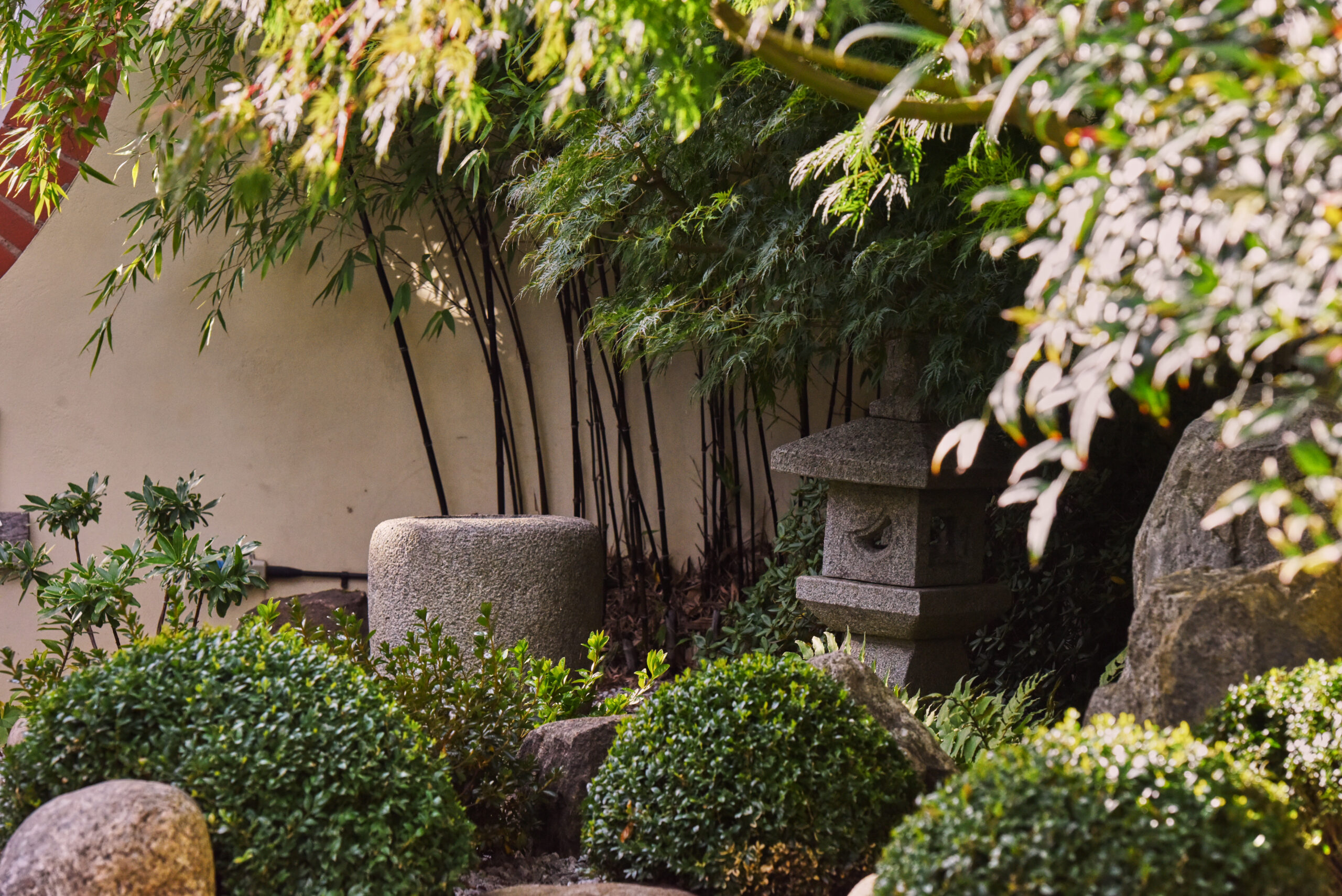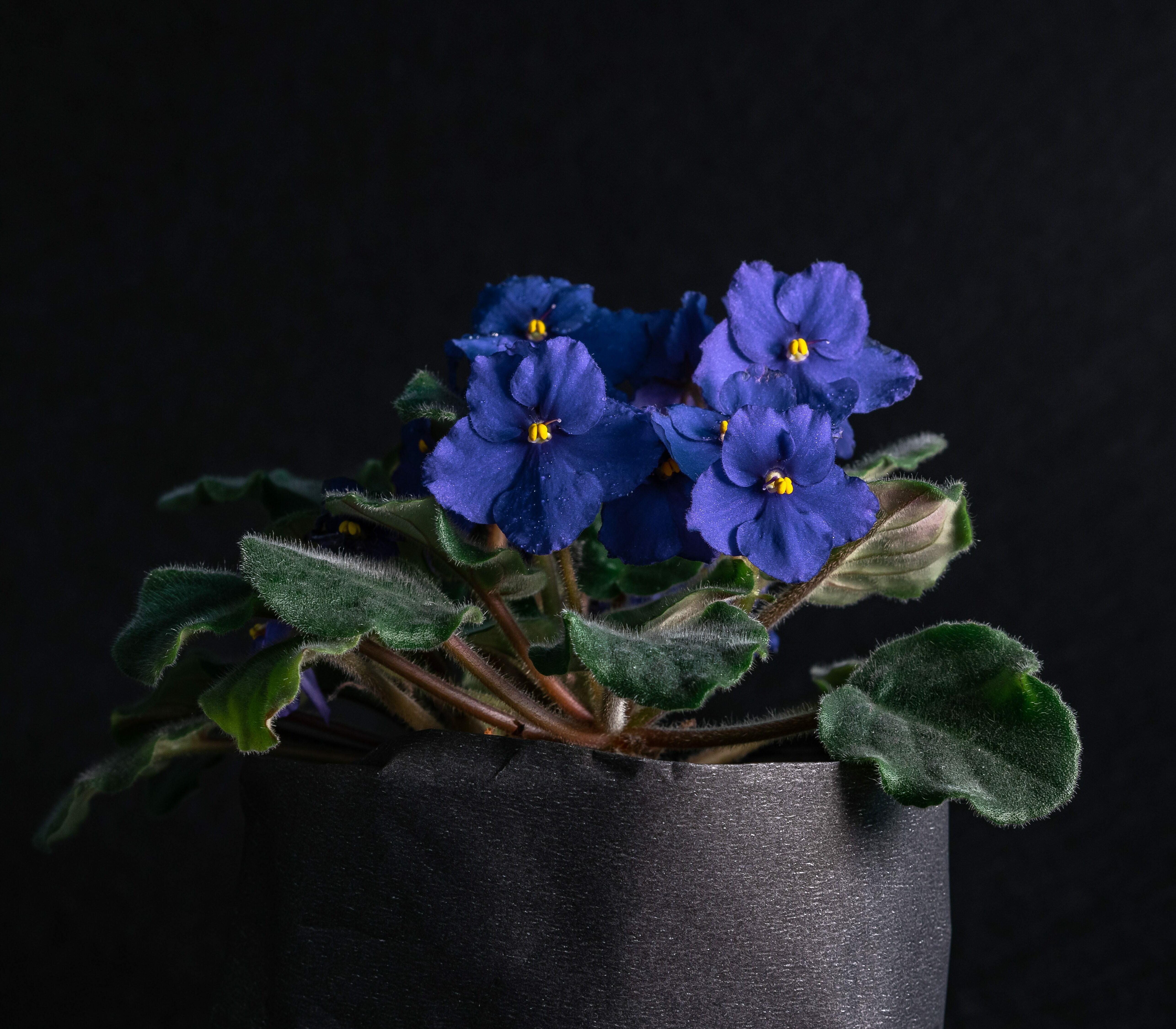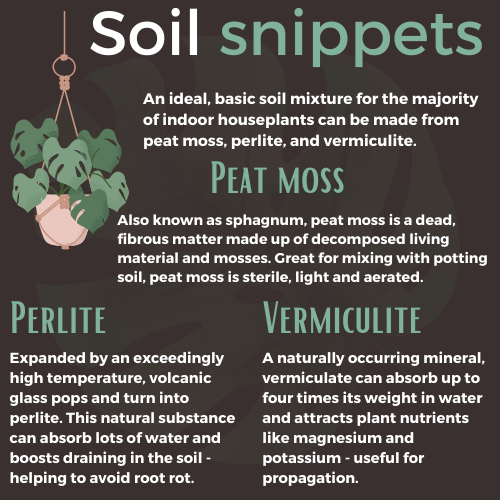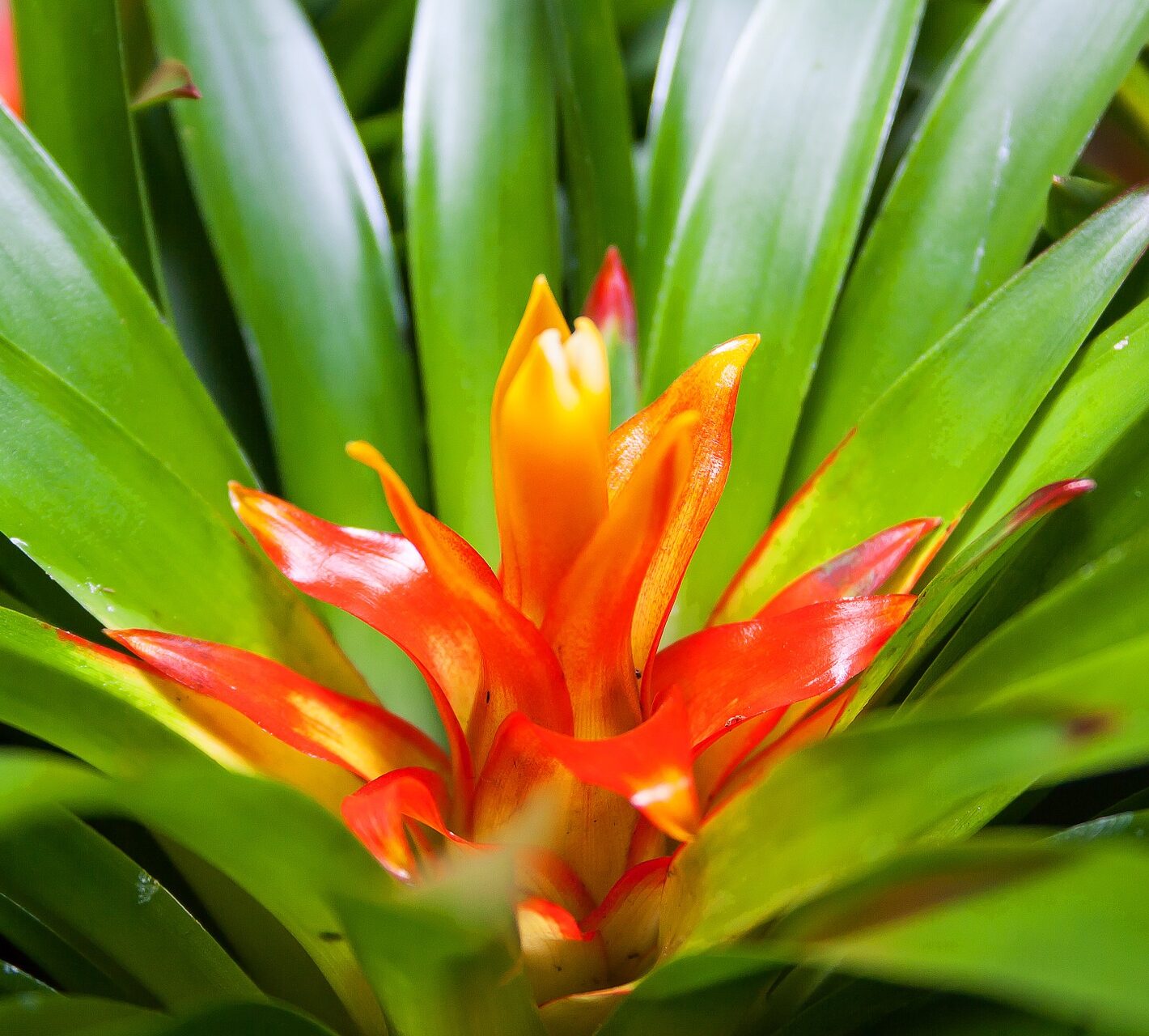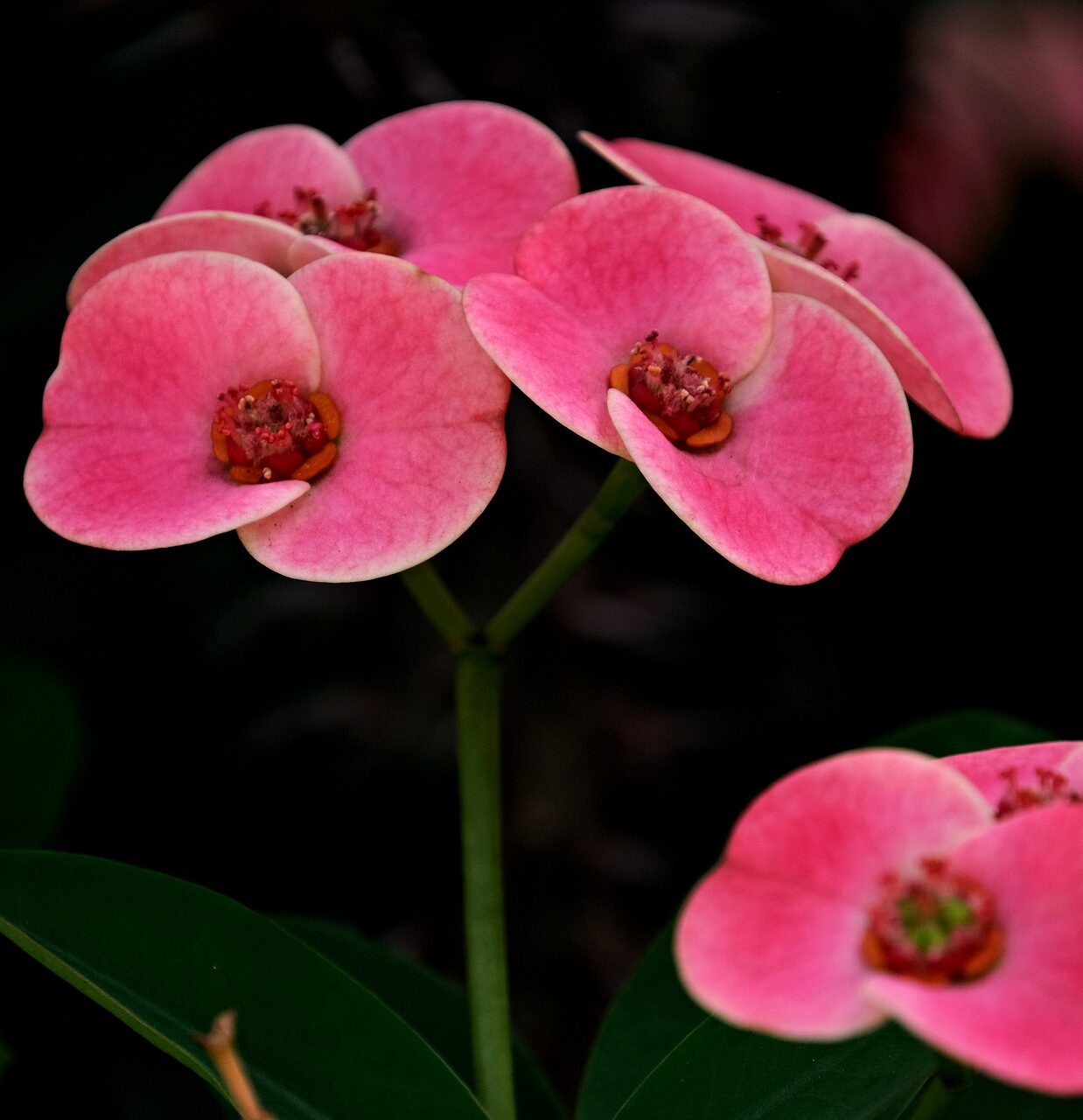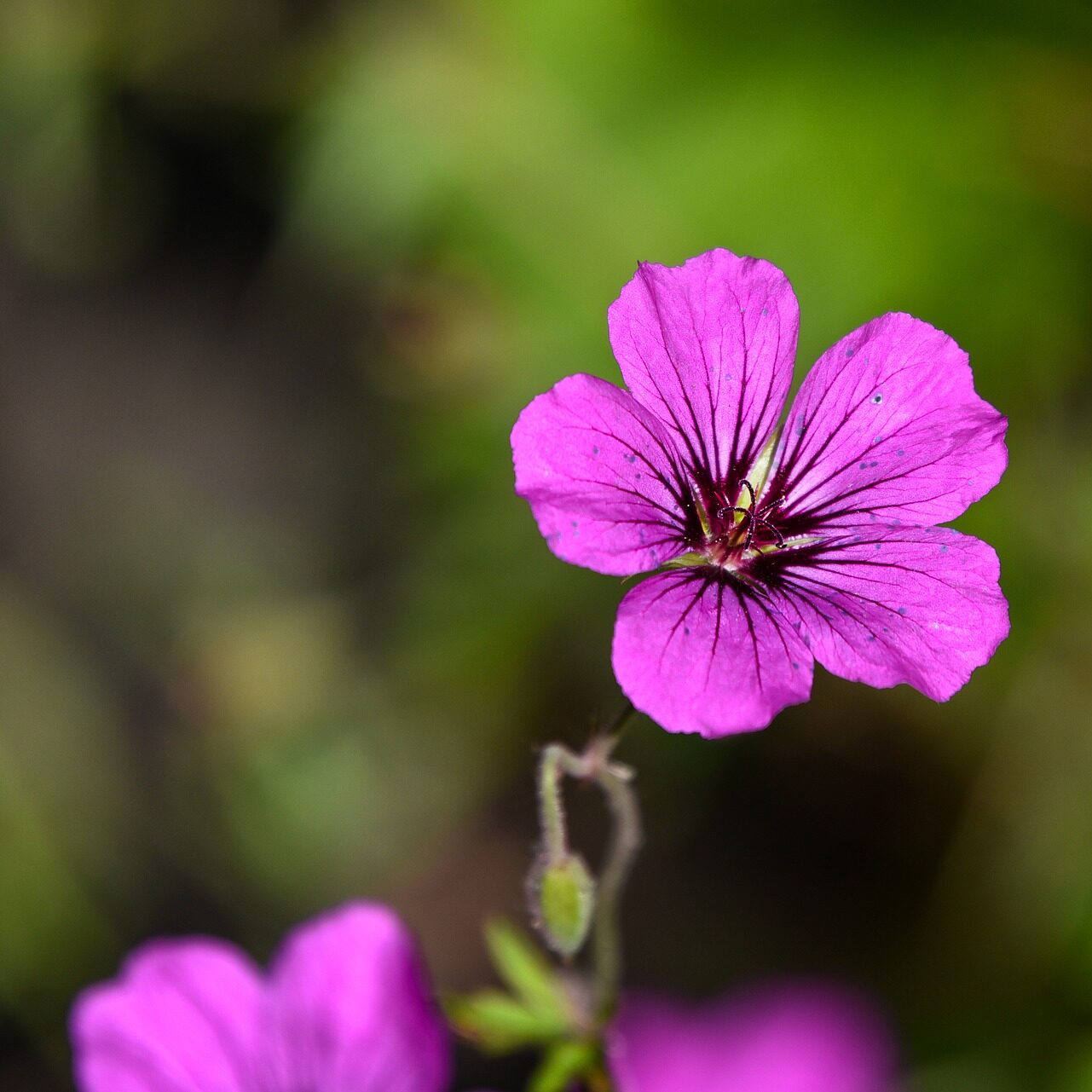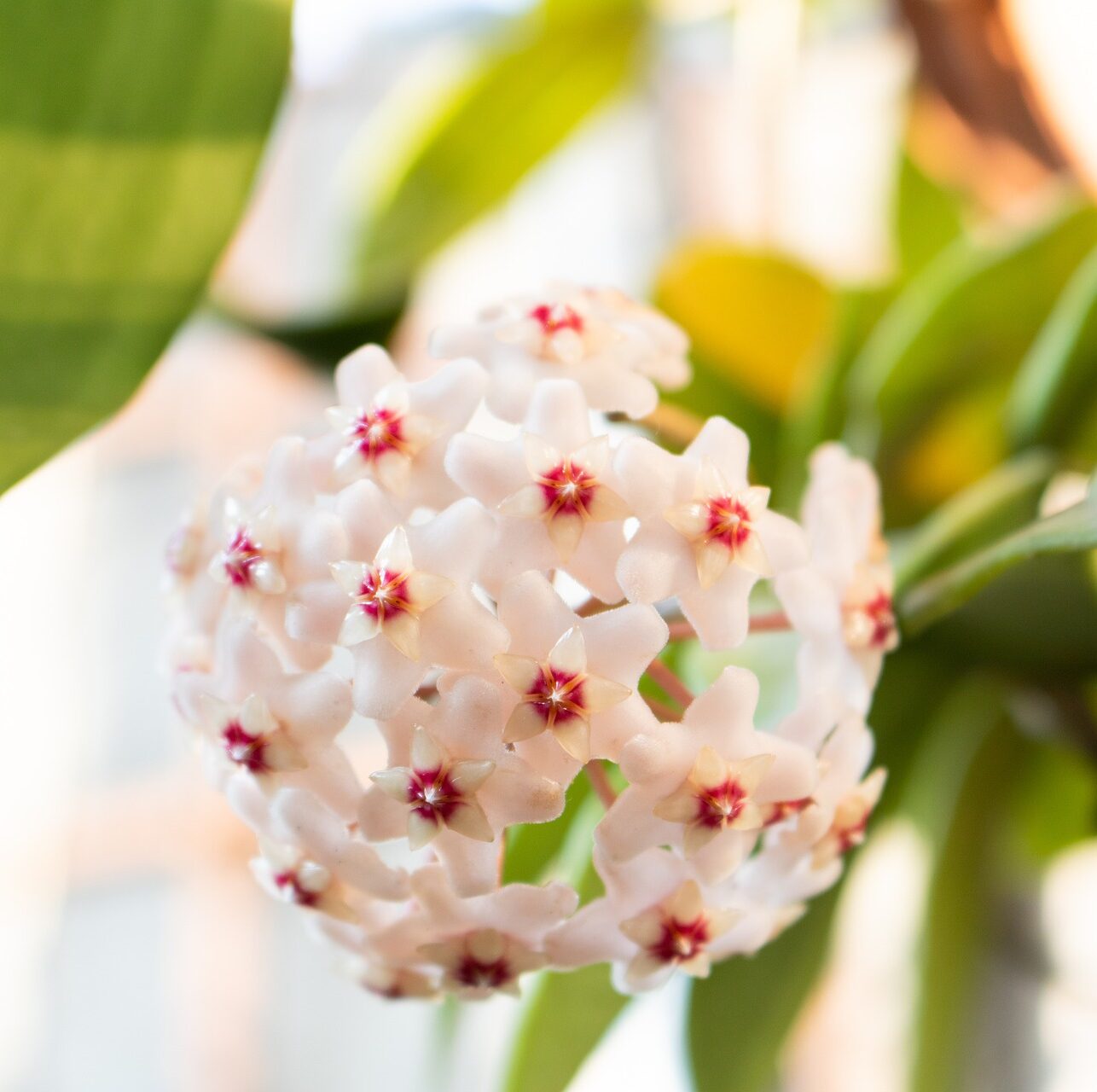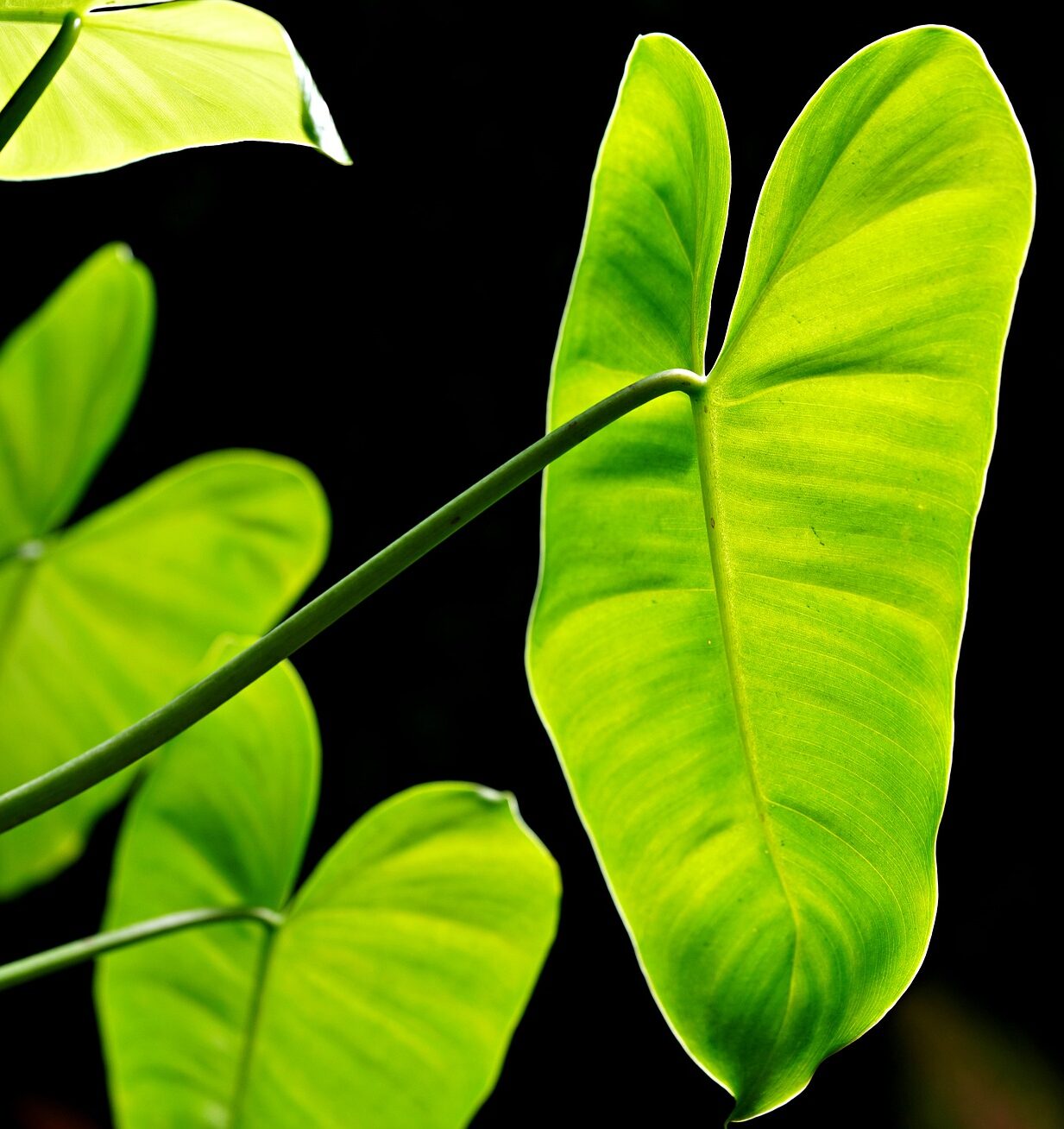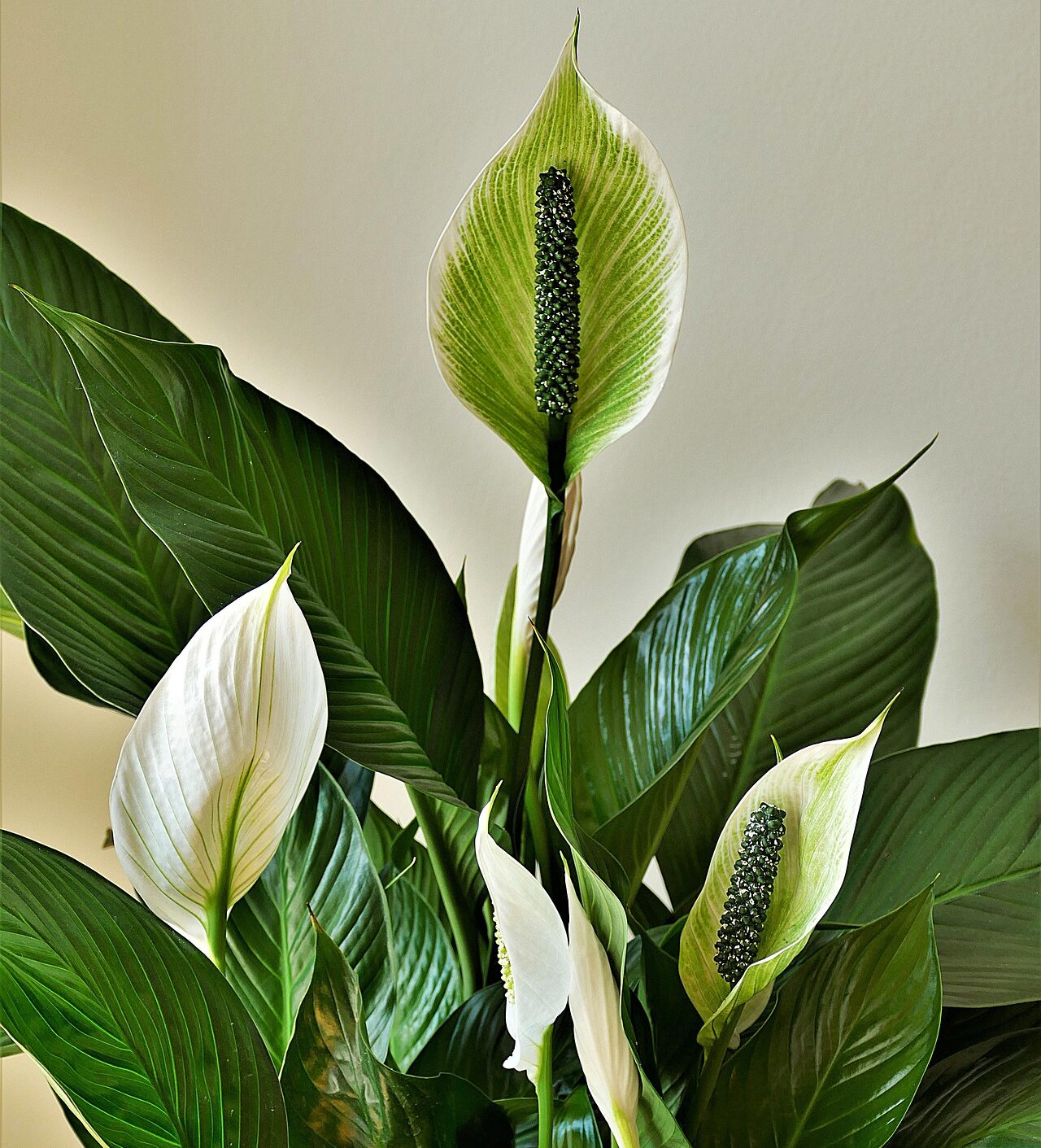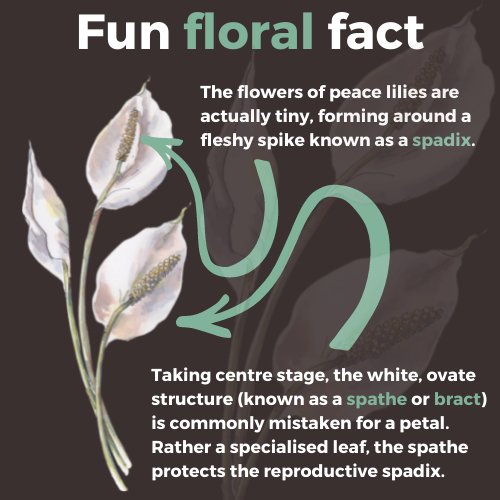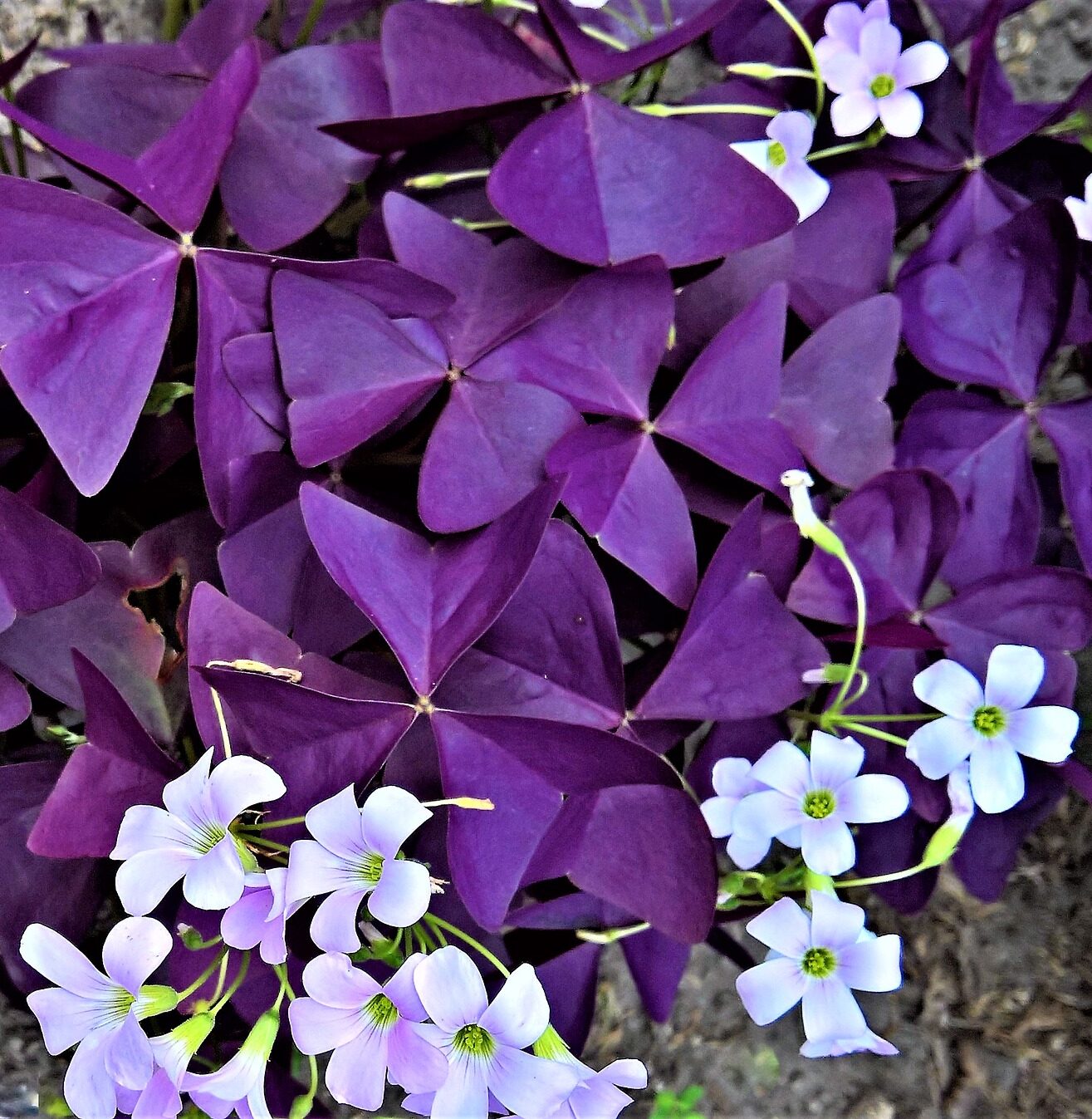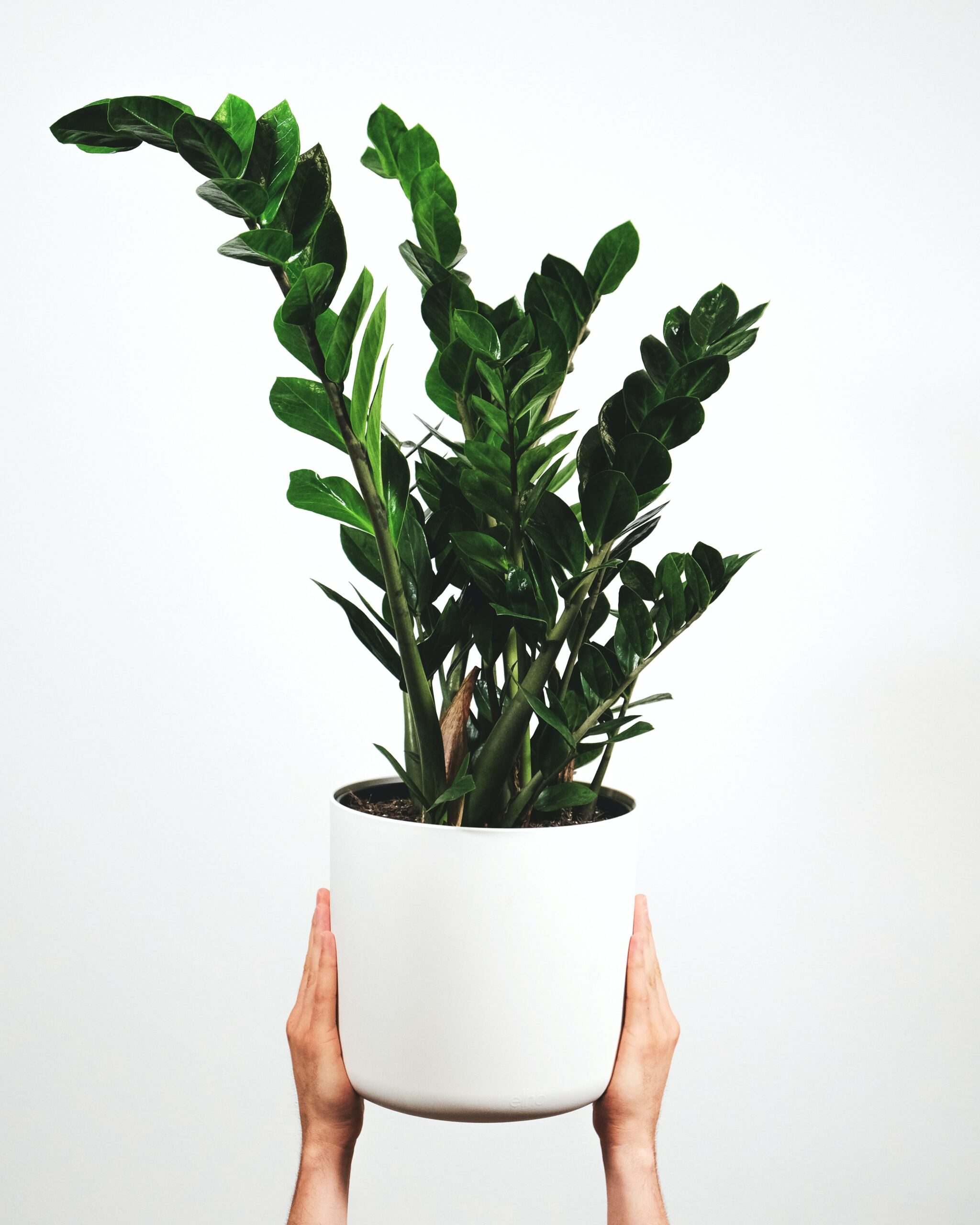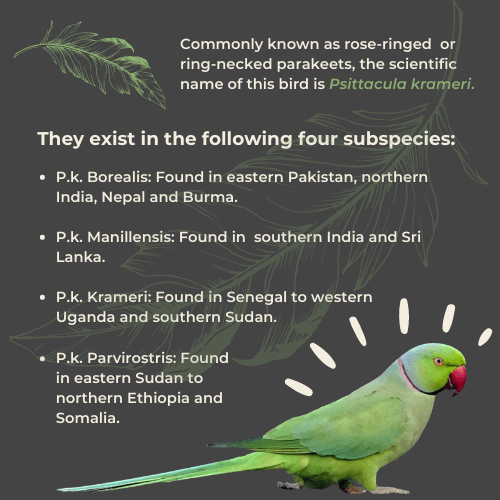Pocketed within the UK’s cities and towns are over 1,000 green havens, humming with the sound of collaboration and cultivation.
These oases are community gardens, plots of land which are rented for the public or private purpose of gardening and cultivation.
Usually found in urban areas, these gardens provide “multiple points of reconnection with the food system, the environment, landscape, local economies and our communities.”
For their inhabitants, community gardens are mutually nurturing spaces where individuals care for themselves by tending to plants, taking a break from polluted air and sharing a natural space with others – important activities we hold dear at the Gardens.
In light of last week’s national celebration of community gardens, we wanted to explore the social connectivity, improved food security and environmental rejuvenation provided by these special areas.
Building a bridge between people
Historically, community gardens have been places for people to congregate in periods of crisis and worry.
From victory gardens present throughout WWI and WWII to communal gardening activities prevalent in Cuba following the collapse and withdrawal of Soviet Union support in 1991, food cultivation through community gardening was a means of grounding people during hardship.
Turner et al. point out that food gardening achieves this by providing people with a purpose, a sense of belonging and an “intimate response” to wider issues over which we have no power.
In today’s world where one crisis seems to be followed by another, communal gardening is a chance to establish a sense of personal control amid the chaos.
It is also an opportunity to become involved with a project centred on inclusivity.
Studying the progressive opportunities presented by these spaces, researchers from the Universities of Glasgow and Strathclyde discovered a culture within community gardens which celebrated and supported a diverse group of people.
Discussing their findings, Cumbers et al. said:
“Glasgow’s community gardens have provided new spaces for working class and low income groups, including, in our case study, asylum seekers, refugees and individuals and groups with disabilities and mental illnesses, to engage with food and the outdoor urban environment in ways that enhance individual dignity and self-esteem.”
As the UK’s population continues to grow and diversify, the recent rise of community gardens in this country can only be seen positively for society as a whole.
Reflecting on the social prosperity present in community gardens, associate professor Efrat Eizenberg outlined how such spaces facilitate the construction of a “thick social fabric” which increases the network of relationships experienced by the people working in them.
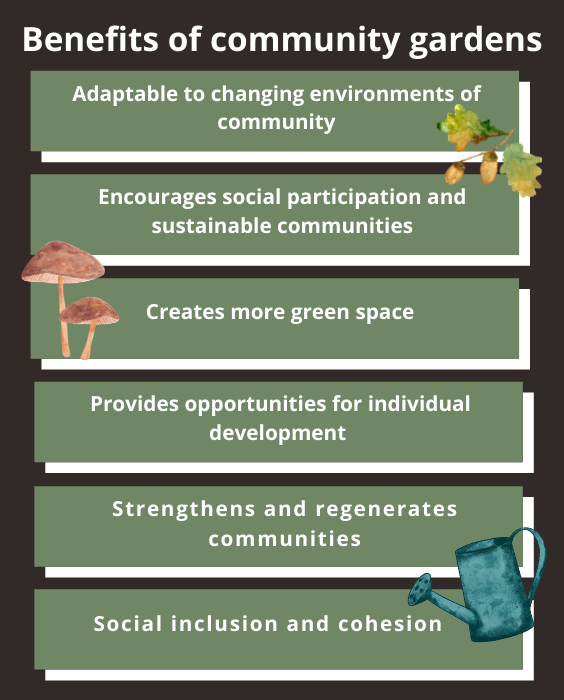
For Eizenberg, personal empowerment is born from this network as much as it derives from being part of a community who challenges the social alienation of the modern city.
How can community gardens help with food security?
From mass farming to the omnipresence of supermarkets, industrial agriculture has led to a disconnection between people and the food system.
No longer growing our own food, we rely upon shops and the internet to sustain us despite the growing cost of inflation. The price of produce is exacerbated by the staggering quantity of food we throw away, amounting to $1 trillion annually across the world.
Whilst they may not be the overnight solution to food poverty, community gardens can help ease financial pressures and engender a more resourceful attitude toward meal consumption by reintroducing individuals to food cultivation practices.
Analysing the impact of a community gardening programmed upon 38 migrant seasonal farm worker families in Oregon, one American study found that involvement in the gardens improved family relationships, increased their intake of vegetables and decreased food security concern to 3%.
During a time where the cost of living is pushing many people toward the poverty line, the results prove community gardens have the ability to cut the cost of fresh fruit and vegetables at a minimum as well as making self-empowerment possible; the growth of cheaper food, sharing of recipes and acquired knowledge can reinforce a sense of control over expenses and family meals.
The indication that community gardens are spaces where people learn and relearn skills about producing and consuming food was equally discovered by Cumbers et al. in the Glasgow-based study.
Why are community gardens beneficial to the environment?
In her essay, Allotments and community gardens: a DIY approach to environmental sustainability, Susan Buckingham describes allotments and community gardens as the “green lungs” of urban areas – a “haven of biodiversity”.
Birmingham Botanical Gardens itself is part of this city’s green lungs, providing a vital spot for both people and wildlife to refresh from the external pollutants.
Our Urban Garden for instance, which was unveiled last year, is a great spot to step out of the smog and into nature.
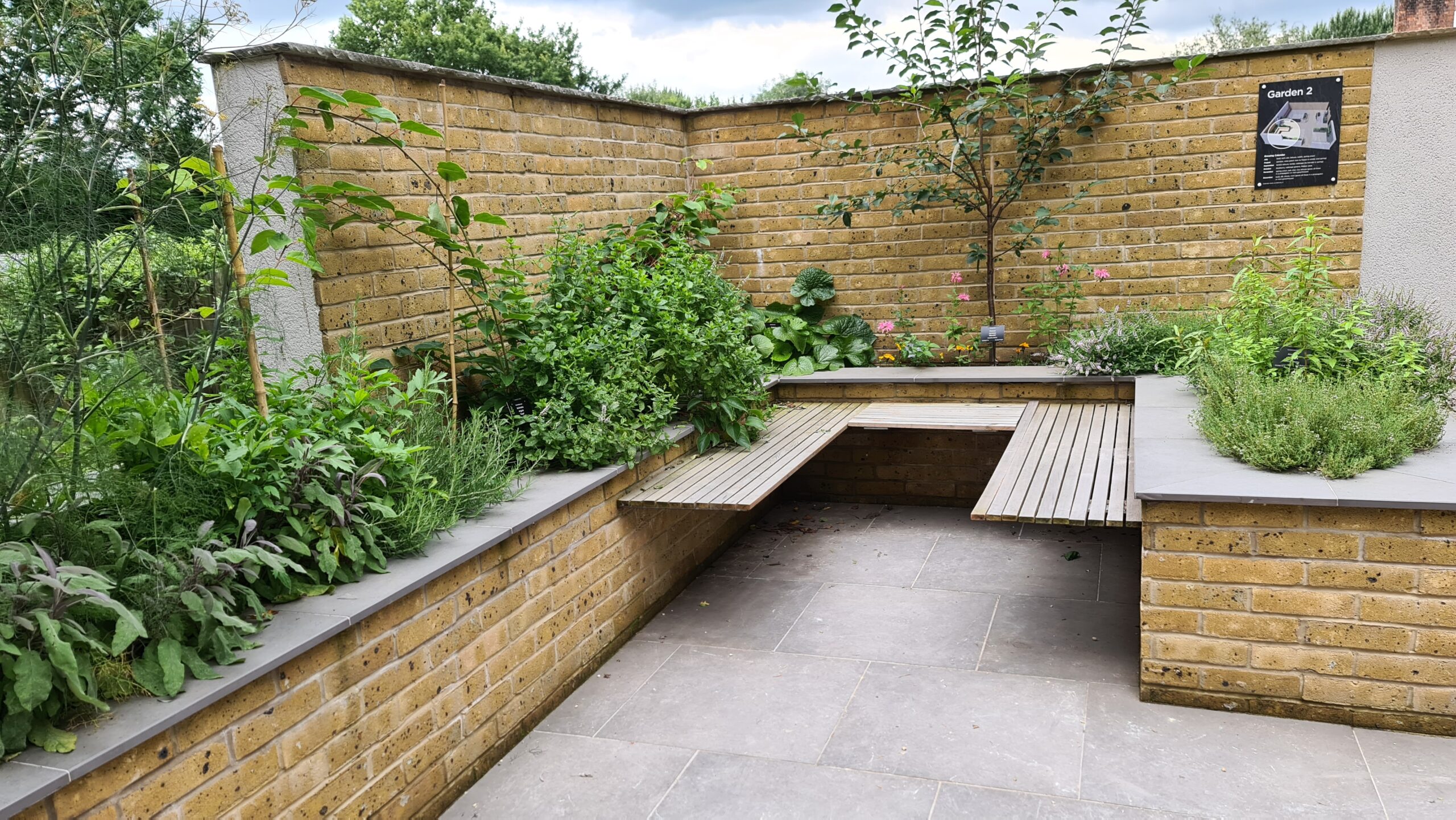
According to research professor, Mark J Nieuwenhuijsen, 43,000 premature deaths a year could be avoided if more green spaces were adopted into European cities and towns. Our natural world would benefit hugely too.
Crowded and concrete-heavy, urbanised domains are hard places for native wildlife to exist in and many are dwindling in number in the UK.
Bees especially have been subjected to habitat loss and fragmentation which are seriously impacting their survival. This is alarming when you consider that pollinators are worth £690 million to the UK economy.
Yet the solution is simple – we need to transform more land within our heavily industrialised and polluted areas into plots of varied vegetation and green matter.
As well as improving social connections and food security, community gardens have been indicated to substantially increase the number and range of bees.
Observing the population of bees in Californian community garden, one study discovered an increase of diverse plant materials led to a greater diversity of native bee species seen.
Stressing the importance of community gardens, Efrat Eizenberg succinctly described the threat heavy urbanisation poses to all living beings alike:
“The city – industrialised, electrified, mechanised, and motorised – is harmful not only to its inhabitants, and not only in the short-term, but is also contributing, actually and symbolically, to the deterioration of the environment at large.
So how can we utilise our community gardens to combat the impacts of urbanisation?
To start with, determine where your nearest garden lies through the official Social farms and Gardens map; Birmingham itself is host to a wealth of them!
Do your research and find one which suits what you’re after – whether its allotments, food cultivation, family-oriented or neighbourhood gardens, there is something for everyone.


